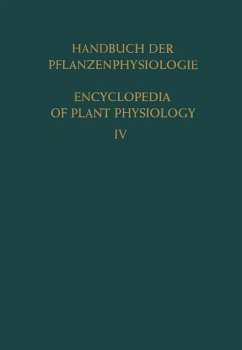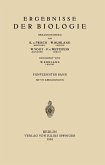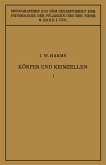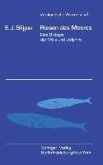essentiality of the former was shown in 1931 by SOMMER for sunflowers, flax and tomatoes and by LIPMAN and MACKINNEY for flax and barley. In the plants examined by SOMMER a small amount of copper brought about a considerable increase of growth, while those used by LIPMAN and MACKINNEY failed to produce seed when a supply of copper was excluded. In the next year or two it was found that certain pathological conditions of various fruit trees were associated with a deficiency of copper and later the list of species found to require copper for their healthy growth was extended to include a number of herbaceous and woody plants. The essentiality of molybdenum for a vascular plant was first demonstrated by ARNON and STOUT in 1939 for tomatoes. The amount of molybdenum required was very little, only one part of molybdenum supplied as molybdic acid in 100,000,000 in the culture solution being sufficient to suppress the pathological symptoms resulting from complete absence of the element. Since 1939 a number of other plants, including such diverse species as plum, various cultivated varieties of BrfU3sica, oat and duckweed (Lemna) have been shown to require molybdenum, and like manganese, zinc, boron and copper it is reasonable to conclude that molybdenum is an element generally essential for the growth of plants.
Dieser Download kann aus rechtlichen Gründen nur mit Rechnungsadresse in A, B, BG, CY, CZ, D, DK, EW, E, FIN, F, GR, HR, H, IRL, I, LT, L, LR, M, NL, PL, P, R, S, SLO, SK ausgeliefert werden.









